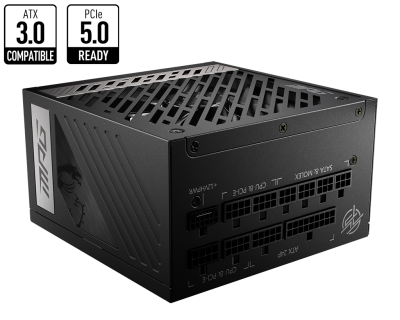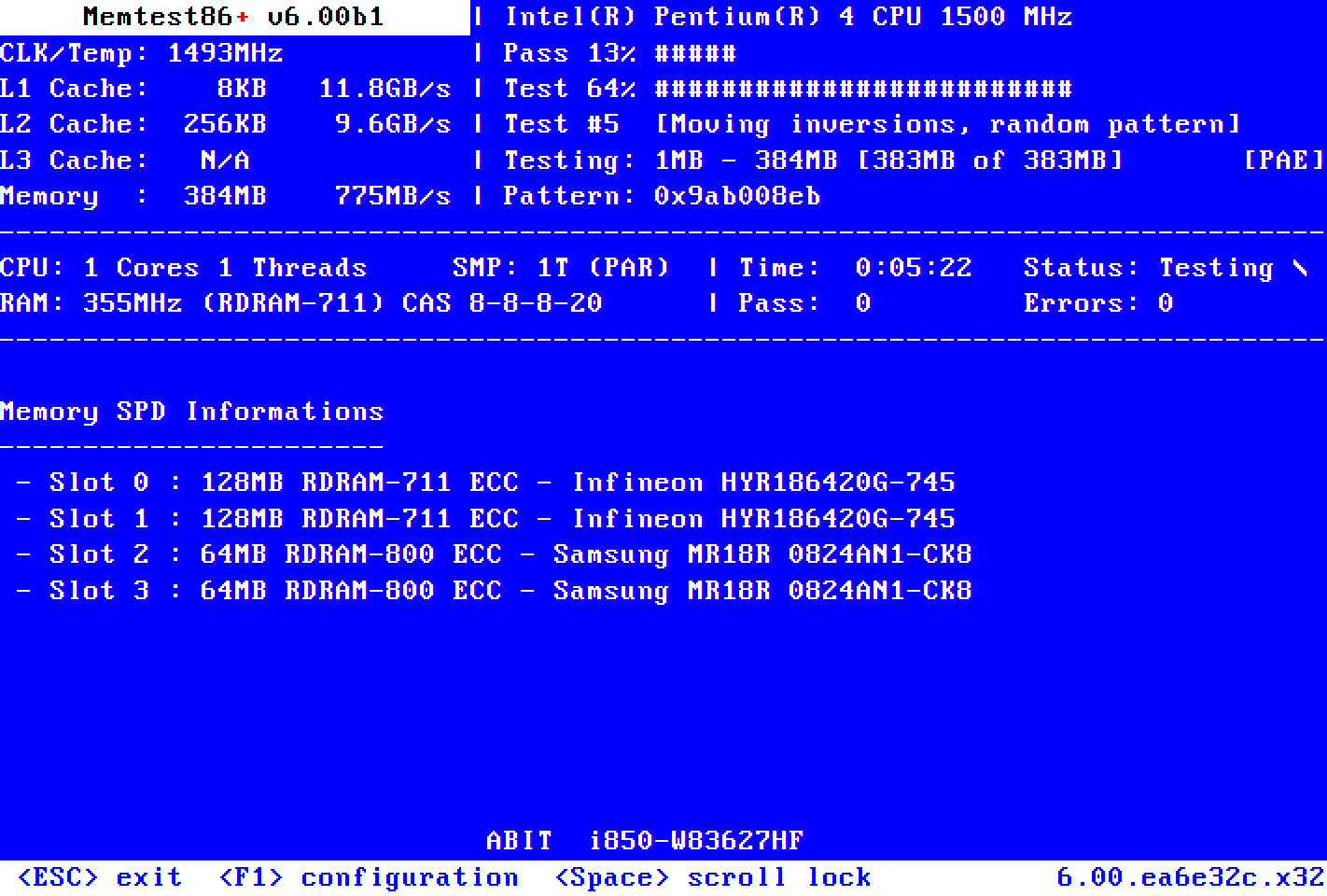Hey everyone!
I am looking to build my first PC and have been researching things quite a bit, I have put together this spec and was wondering if its decent enough. I plan on using the PC for two things really, gaming(flight simulation) and programming as part of my day job(needed decent memory for docker & local kubernetes clusters to spin up). Any advice on it would be very much appreciated!
I did get somewhat lost in the many threads about Intel vs AMD and to be honest I am not too sure which one is better over all, for this I just went with Intel as I seen some people saying that its hard to find coolers for AMD's newest chipsets?
Ideally i am trying to keep it somewhere around $2,600 - $2,800 CAD preferably.
Spec Below
CPU: Intel Core i7-13700K 3.4 GHz 16-Core Processor
CPU Cooler: Deepcool LT720 85.85 CFM Liquid CPU Cooler
Motherboard: MSI MAG Z790 TOMAHAWK WIFI ATX LGA1700 Motherboard
Memory: Corsair Vengeance 32 GB (2 x 16 GB) DDR5-6600 CL32 Memory
Storage: Samsung 970 Evo Plus 2 TB M.2-2280 PCIe 3.0 X4 NVME Solid State Drive
Video Card: Asus DUAL OC GeForce RTX 4070 12 GB Video Card
Case: Lian Li LANCOOL 216 ATX Mid Tower Case
Power Supply: Corsair RM1000x (2021) 1000 W 80+ Gold Certified Fully Modular ATX Power Supply
Operating System: Microsoft Windows 11 Home OEM - DVD 64-bit
Total: $2683.63
Prices include shipping, taxes, and discounts when available
Generated by PCPartPicker 2023-09-27 19:46 EDT-0400
I am looking to build my first PC and have been researching things quite a bit, I have put together this spec and was wondering if its decent enough. I plan on using the PC for two things really, gaming(flight simulation) and programming as part of my day job(needed decent memory for docker & local kubernetes clusters to spin up). Any advice on it would be very much appreciated!
I did get somewhat lost in the many threads about Intel vs AMD and to be honest I am not too sure which one is better over all, for this I just went with Intel as I seen some people saying that its hard to find coolers for AMD's newest chipsets?
Ideally i am trying to keep it somewhere around $2,600 - $2,800 CAD preferably.
Spec Below
CPU: Intel Core i7-13700K 3.4 GHz 16-Core Processor
CPU Cooler: Deepcool LT720 85.85 CFM Liquid CPU Cooler
Motherboard: MSI MAG Z790 TOMAHAWK WIFI ATX LGA1700 Motherboard
Memory: Corsair Vengeance 32 GB (2 x 16 GB) DDR5-6600 CL32 Memory
Storage: Samsung 970 Evo Plus 2 TB M.2-2280 PCIe 3.0 X4 NVME Solid State Drive
Video Card: Asus DUAL OC GeForce RTX 4070 12 GB Video Card
Case: Lian Li LANCOOL 216 ATX Mid Tower Case
Power Supply: Corsair RM1000x (2021) 1000 W 80+ Gold Certified Fully Modular ATX Power Supply
Operating System: Microsoft Windows 11 Home OEM - DVD 64-bit
Total: $2683.63
Prices include shipping, taxes, and discounts when available
Generated by PCPartPicker 2023-09-27 19:46 EDT-0400





